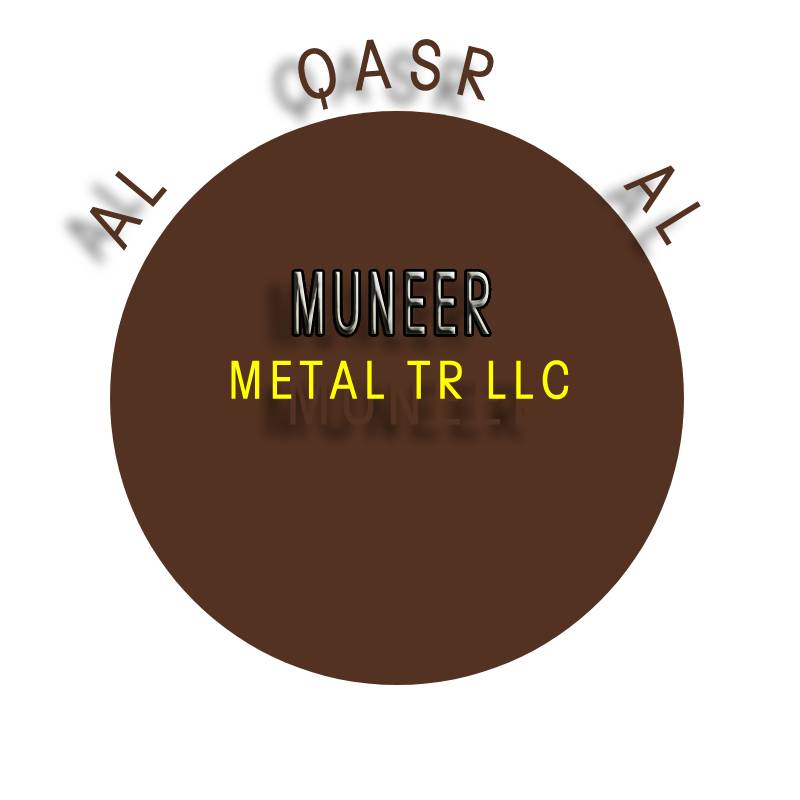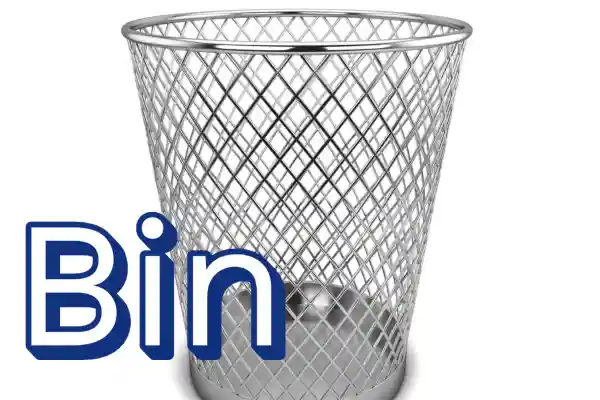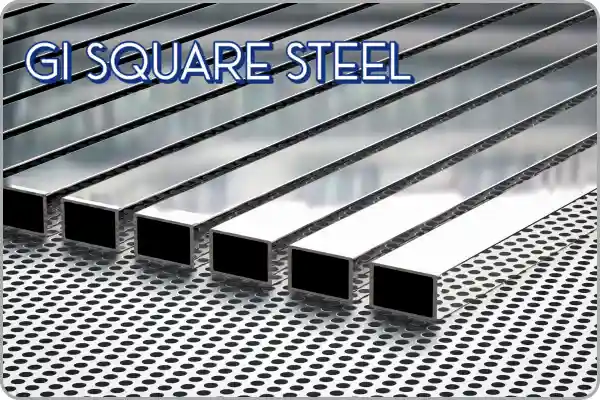Galvanisation: galvanize meaning, Methods, and Applications
Galvanization is a process used to protect steel or iron from corrosion by applying a protective layer of zinc. The coating acts as a barrier to prevent reaction oxygen with iron, thus it prevents rusting. This process plays a crucial role in extending the lifespan of galvanised sheet metal, ensuring they remain durable and functional in harsh environments.
Galvanized definition
Galvanized meaning refers to the process of applying a protective zinc coating to materials. The main purpose of this galvanisation is to prevent galvanized metal sheets from rusting when exposed to moisture, air, and other corrosive elements. Zinc has a unique property of offering sacrificial protection; it corrodes in place of the base metal (steel or iron), thus prolonging the metal’s service life.
Galvanised meaning
The galvanize definition refers to “galvanisation” and this term is is derived from the name of the Italian scientist Luigi Galvani, who studied the effects of electrical currents on biological tissues. The process, however, involves the use of zinc and does not involve electricity directly.
Methods of galvanisation
It is a highly effective method of corrosion prevention and has found widespread use in various industries. There are several methods for galvanizing steel and iron, each with its own advantages and limitations. The most common methods include:
Hot dip galvanisation
Hot-dip process is the most widely used method of galvanizing steel. It involves dipping the metal into a bath of molten zinc at temperatures between 450°C and 460°C. This creates a metallurgical bond between the zinc and the steel. The process is relatively simple, yet it produces a thick, durable coating.
The steps involved in hot dip procedure are:
The steel is meticulously cleaned to eliminate all surface impurities—oil, dirt, rust, and scale—ensuring a pure base for galvanisation. This is achieved through pickling with acid solutions or abrasive blasting to enhance coating adhesion and long-term corrosion resistance.
Fluxing involves immersing the cleaned steel in a flux solution, typically zinc ammonium chloride. This step removes any remaining oxides and prepares the surface, promoting strong adhesion between the steel and the molten zinc during the galvanisation process.
Dipping in molten zinc involves immersing the steel into a bath of molten zinc at around 450°C. The zinc chemically bonds with the steel, forming strong zinc-iron alloy layers beneath a protective pure zinc outer coating, ensuring exceptional corrosion resistance and long-lasting durability.
Cooling and Inspection: Once the zinc coating solidifies, the galvanized steel is carefully cooled, typically in air or water. It is then thoroughly inspected to ensure uniform coating thickness, adhesion quality, and overall surface integrity, guaranteeing optimal performance and protection against corrosion.
Hot-dip galvanized steel is ideal for outdoor and industrial applications requiring strong corrosion resistance. Its zinc coating shields against rust and harsh weather, making it perfect for construction, fencing, infrastructure, and marine environments exposed to moisture and chemicals.
Electro galvanisation
Electro galvanisation, also known as electroplating, involves using an electrical current to deposit a thin layer of zinc onto the surface of steel. This method is typically used for producing a smooth, uniform coating that is relatively thin compared to hot-dip galvanisation.
The process involves
Cleaning the Steel: In hot-dip, the steel is thoroughly cleaned to remove contaminants like oil, dirt, and rust, ensuring proper adhesion of the zinc coating for effective corrosion protection.
Electroplating: The steel is immersed in an electrolyte solution with zinc salts. An electric current causes zinc ions to reduce and deposit onto the steel surface, forming a thin, uniform, corrosion-resistant zinc coating.
Drying and Inspection: After galvanisation, the steel is thoroughly dried and carefully inspected to ensure proper coating thickness, uniformity, and surface quality, guaranteeing effective corrosion protection and meeting industry standards for durability and performance.
Electro-galvanized steel is commonly used in applications where a thinner coating is sufficient for corrosion protection, such as in automotive parts and appliances.
Mechanical galvanisation
Mechanical galvanisation is a process where zinc powder is applied to steel using a mechanical method rather than heat or electricity. The steel is placed in a drum with zinc powder and other materials, and the drum rotates to cause the zinc to adhere to the surface of the metal.
This process does not involve molten zinc or electrical currents and is typically used for smaller parts or components. It is often employed in industries where high corrosion resistance is needed but a thin coating is sufficient.
Sherardizing (vapor galvanisation)
Sherardizing, or vapor galvanisation, is a method of applying a zinc coating to steel using heat and zinc vapor. The steel is placed in a closed drum with zinc powder, and the drum is heated to temperatures around 300-400°C. The zinc vapor reacts with the steel to form a thin, uniform zinc coating.
Sherardizing is commonly used for smaller components or items needing a smoother, more uniform zinc coating. It offers consistent corrosion protection and is preferred over galvanization by hot dip method when precision and fine finish are essential.
Applications of galvanization methods
GI Method has a wide range of applications across various industries, particularly where metal is exposed to outdoor conditions, moisture, and chemicals. Some of the key applications of galvanizing metal include:
Construction industry
In the construction industry, galvanized steel is widely used for structural components, such as galvanised steel pipe, beams, columns, and reinforcing bars. Galvanised products, is used in roofing materials, gutters, downspouts, and other building products that are exposed to the elements. It ensures durability and longevity for structures subjected to harsh weather conditions.
It is also used for pipelines, particularly in the oil and gas industry, to protect against rust and corrosion caused by exposure to moisture and chemicals. Galvanized pipes are widely used for water, gas, and sewage systems, offering long-lasting protection.
Automotive industry
Galvanized steel is commonly used in the automotive industry to protect car bodies, exhaust systems, and other components from rust and corrosion. The zinc coating process provides an additional layer of protection for parts exposed to road salts, moisture, and various chemicals, which are commonly encountered in harsh driving conditions.
Electrical and telecommunications
Galvanized steel is used for electrical and telecommunications infrastructure, such as utility poles, transmission towers, and other equipment that requires protection from environmental factors. The corrosion resistance of galvanized steel ensures the longevity of these systems.
Agriculture
In the agricultural industry, galvanized steel is used for farming equipment, irrigation pipes, and fencing. The ability to withstand outdoor conditions and exposure to water makes galvanized steel an ideal material for these applications.
Home appliances
Many home appliances, such as refrigerators, washing machines, and ovens, are made from galvanization of metals to prevent corrosion. The thin, uniform coating of electro-galvanization ensures a smooth surface while providing protection against moisture and humidity eg galvanized bucket.
Galvanised bins are used in homes for trash storage, in gardens for compost or leaves, on farms for animal feed or grain, in workshops for tools or waste, and in industrial areas for collecting scrap, making them versatile and long-lasting.
Marine applications
The marine environment is highly corrosive due to the saltwater and moisture present. Galvanized steel is commonly used in marine applications for shipbuilding, dock construction, and marine equipment, ensuring that the structures are protected against the corrosive effects of seawater.
Galvanised fence posts
A galvanized fence post is a metal post coated with a layer of zinc to protect it from rust and corrosion. It’s commonly used for supporting fences, offering durability and long-term strength, ideal for outdoor and harsh weather conditions due to its ability to withstand weathering.
Galvanized steel pipe
Galvanised iron pipe are widely used in plumbing systems for water supply, in outdoor fencing, as structural supports in construction, for drainage systems, and in agricultural applications like irrigation systems, thanks to their durability and resistance to corrosion.
Advantages of galvanization
Durability: Galvanized steel is highly durable and resistant to corrosion, making it ideal for outdoor and harsh environments.
Cost-Effective: Compared to other methods of corrosion protection, galvanization is relatively inexpensive, especially when considering its long-term benefits.
Low Maintenance: Galvanized coatings require little to no maintenance and can last for decades, making them cost-effective in the long run.
Environmental Benefits: Zinc is a naturally occurring material, and galvanization is an environmentally friendly way to prolong the life of steel products, reducing the need for replacements.
Conclusion
This chemical procedure is a critical process in industries that require galvanized metal shed to be resistant to corrosion. Through various methods, such as hot-dip, electro, mechanical and Sherardizing, steel and iron can be protected from the harmful effects of rusting and deterioration. Its wide range of applications underscores its importance in ensuring the longevity and performance



